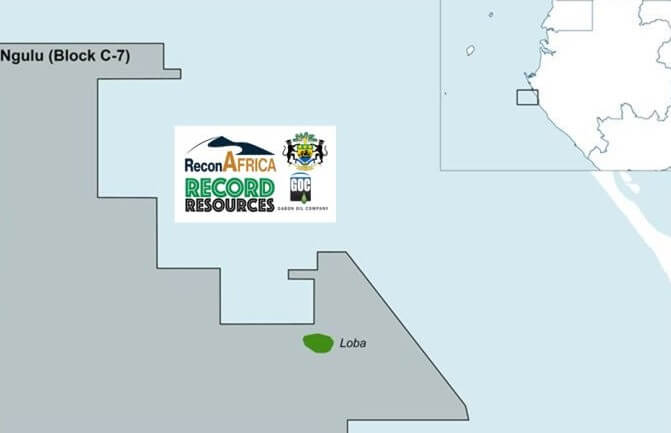
Saipem has received from Qatargas a Letter of Award for the development of the North Field Production Sustainability Offshore Project, located offshore of the North-East cost of Qatar peninsula. The contract is worth approximately 1.7 billion USD.
The scope of work encompasses the Engineering, Procurement, Construction and Installation of various offshore facilities for the extraction and transportation of natural gas, including platforms, supporting and connecting structures, subsea cables and anticorrosion internally cladded pipelines. Furthermore, the project encompasses the decommissioning of a pipeline and other significant modifications to existing offshore facilities.
Pipe-laying and lifting operations will be executed by the DE HE vessel in water depths of approximately 65 meters, leveraging on Saipem’s high-end welding technology for corrosion resistant cladded pipelines to meet Client’s stringent quality requirements.
The project aims at increasing the early gas field production capacity to 110 million tonnes per annum.
This new contract, which consolidates the group’s position in Qatar, is the latest of a string of projects awarded to Saipem since its return in the Country in 2018 with the Barzan project, nearing completion. Saipem is already executing the WHP12N Jacket project, awarded in July 2020, which is part of the North Field Production Sustainability Offshore Project development.
This new contract award is included in December 31st 2020 backlog.
In addition to this award and still in the frame of the overall North Field Production Sustainability Offshore Project development program, Saipem has received from Qatargas a Letter of Intent for the contractual package regarding offshore export pipelines and related onshore works of the North Field Production Sustainability Pipelines Project. The award of this additional package is subject to the definition of contractual details and the Client’s final approval.
Saipem has recently expanded its offices in the country and strengthened its fabrication capability by cooperating with a local fabrication yard, offering a sustainable Qatar-based execution scheme.
:“Saipem is well positioned and actively executing various contracts in Qatar, a key market for us with several offshore investments expected to progress in the near future. This acquisition by Qatargas consolidates our position in the gas sector, confirms our strategic role in the energy transition and represents a token of confidence in Saipem’s experience and proven ability to successfully execute and deliver challenging projects. Furthermore, it also confirms the relevance and effectiveness of the early engagement model adopted through our division XSIGHT, which recently concluded, ahead of time, the Front-End Engineering Design contract for the whole NFPS development programme,” Stefano Porcari, Saipem E&C Offshore Division COO, commented.
Saipem is a leading company in engineering, drilling and construction of major projects in the energy and infrastructure sectors. It is “One-Company” organized in five business divisions (Offshore E&C, Onshore E&C, Offshore Drilling, Onshore Drilling and XSIGHT, dedicated to conceptual design). Saipem is a global solution provider with distinctive skills and competences and high-tech assets, which it uses to identify solutions aimed at satisfying customer requirements. Listed on the Milan Stock Exchange, it is present in over 60 countries worldwide and has 31 thousand employees of 130 different nationalities.
A new era of Export Oil Operations in Kuwait
Taking the operations of one of the Middle East’s biggest upstream projects into a new era, our Lower Fars heavy oil development project team has completed the successful integration of Kuwait Oil Company’s new Crude Oil Control Centre, where Petrofac’s expertise has been used to upgrade technology and equipment, improving the effectiveness of operations.
Extracting heavy oil can be more difficult than lighter crude because of its viscosity; however, the potential is huge. The new centre is now set to capitalise, utilising the latest state of art Orion operations and monitoring consoles. It also controls the blends of heavy oil from the Ratqa field in the north of the country with lighter crudes from the south, using a blending package provided by Petrofac.
The teams worked collaboratively to anticipate and solve the many challenges involved in connecting the new control centre with wider local control rooms, spread across southern Kuwait. Around 220 kilometres of new fibre optic cable were laid, with logistics including many major road crossovers and passing through live facilities.
Another major challenge the team overcame was in completing such complex work safely without any interruption to ongoing oil exports. Control equipment upgrades included multiple tank farms, manifolds and export facilities, without any process or operational shutdowns.
The merging of two huge control system legacy networks to form what is now one of the longest single legacy networks currently operational in the world, was a further critical challenge. Microplanning and fallback options were needed at every stage. Many steps were taken early on to identify and mitigate risks, including manual loading trials, meaning that auto operations were successfully resumed as planned without any issues.
Find out more on what’s involved in the complex process of extracting heavy oil, in pictures here.







































